
Jánovas

The mill takes water from the Río Ara.
Pictures: 1.III.2007 and 11.IV.2007


Pictures: 1.III.2007 and 11.IV.2007
| exterior | waterworks | interior |

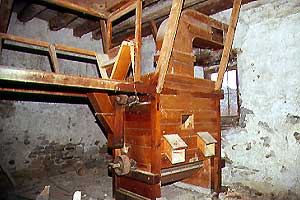
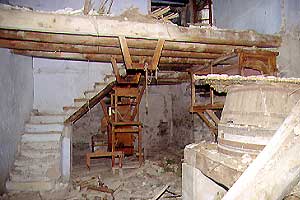
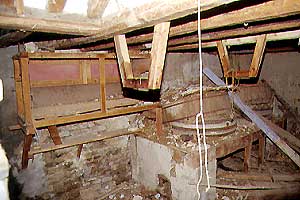


in his book (†) about the region gives a nice account about life at Jánovas' mill from the customer's viewpoint.
... Going to the mill meant an early rise. It was very important to be there as one of the first. We left our home with our heavily loaded horses and with the stars still in the sky. Sometimes the full moon provided enough light to negociate the tortuous and stony tracks. For dark nights we had lanterns (and the beauty of the morning star).It happened that someone arrived at the mill before sunrise - or even before day-break, after an hour long nightly walk - and had to wait until the miller got out of his bed. In the meantime more people arrived and a queue was formed.
You never knew if you would be alone waiting at the mill or one of the many. That depended on luck and the necessities of people in the different villages. Such things could not be planned. The mill was the perfect spot for a casual encounter where you never knew who you would meet. ...
(translated from Spanish)
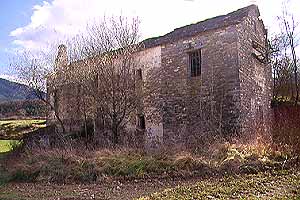
Apart from some insulators, all equipment connected with the production of electricity has been taken away.

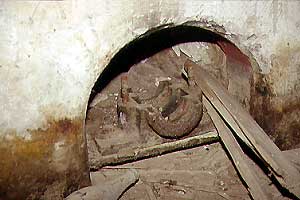
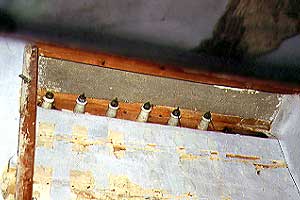

| exterior | waterworks | interior |